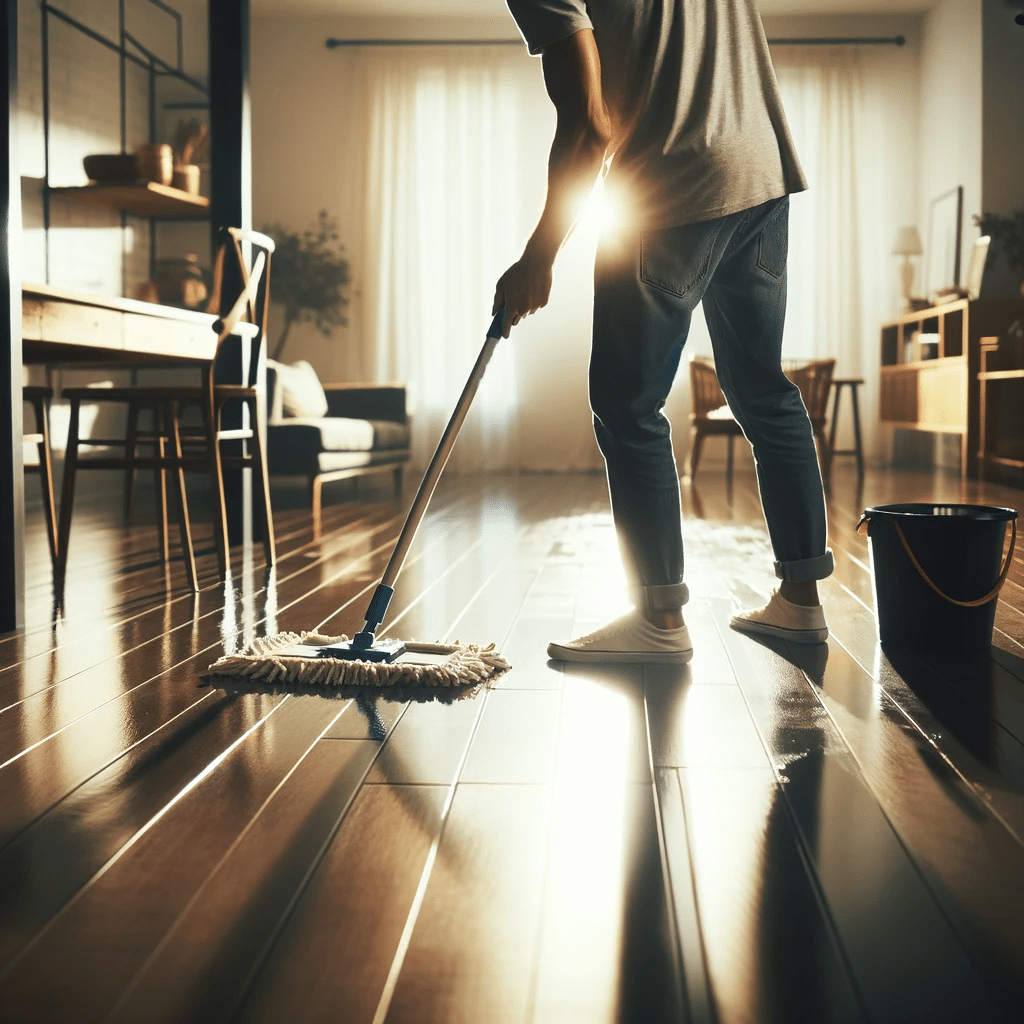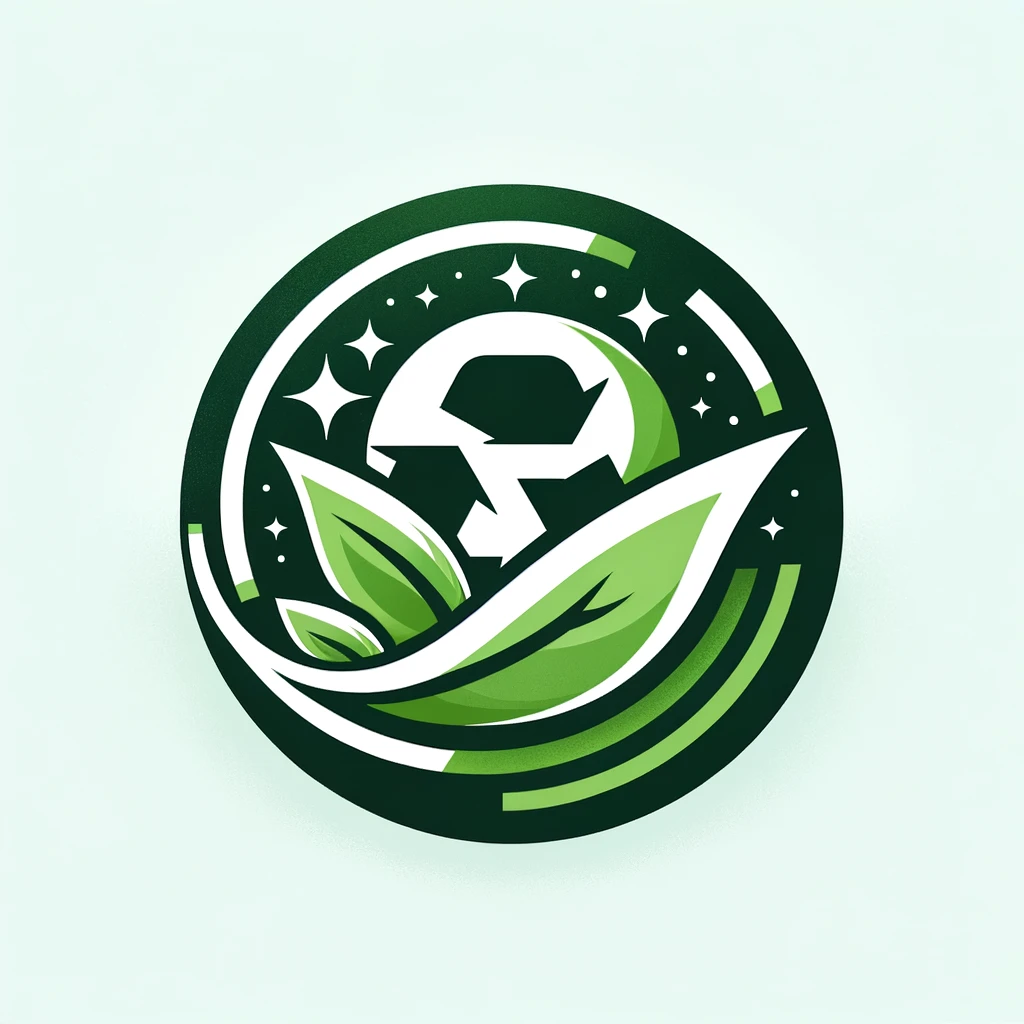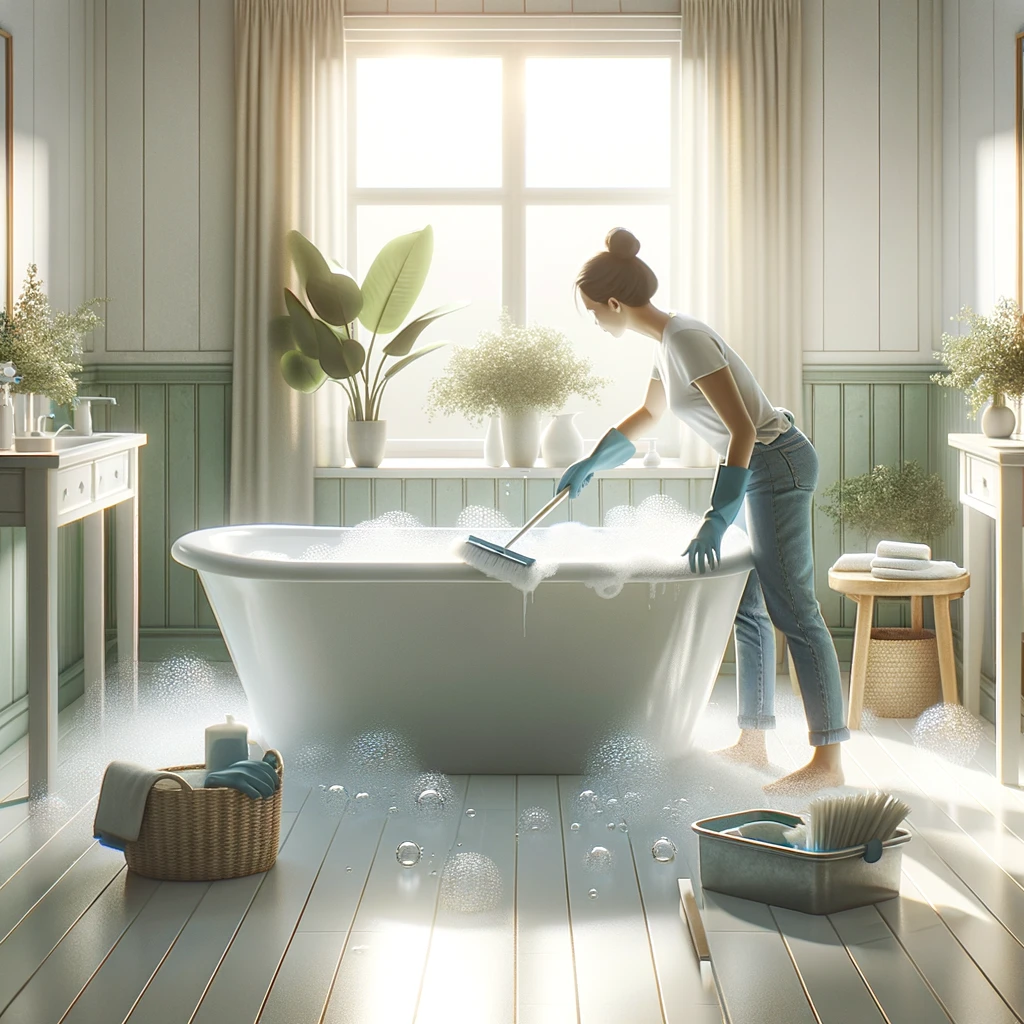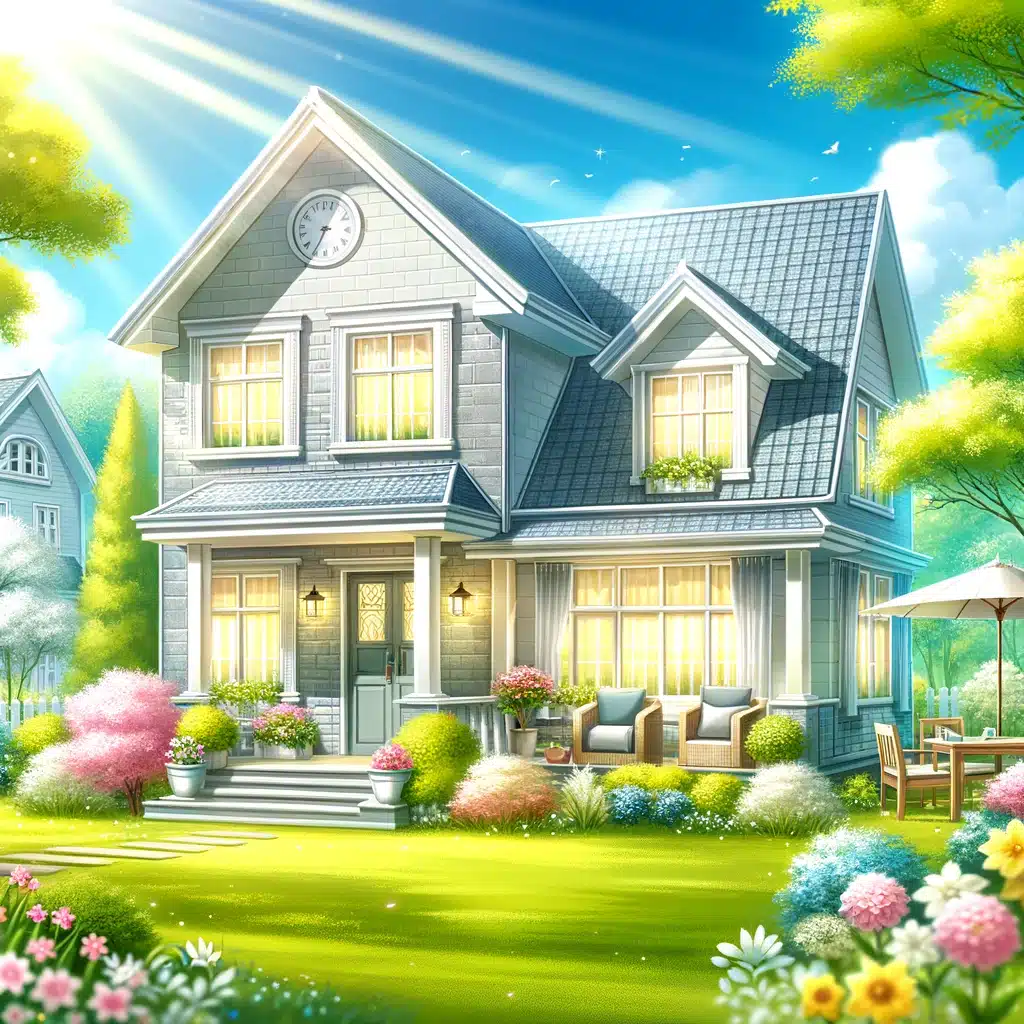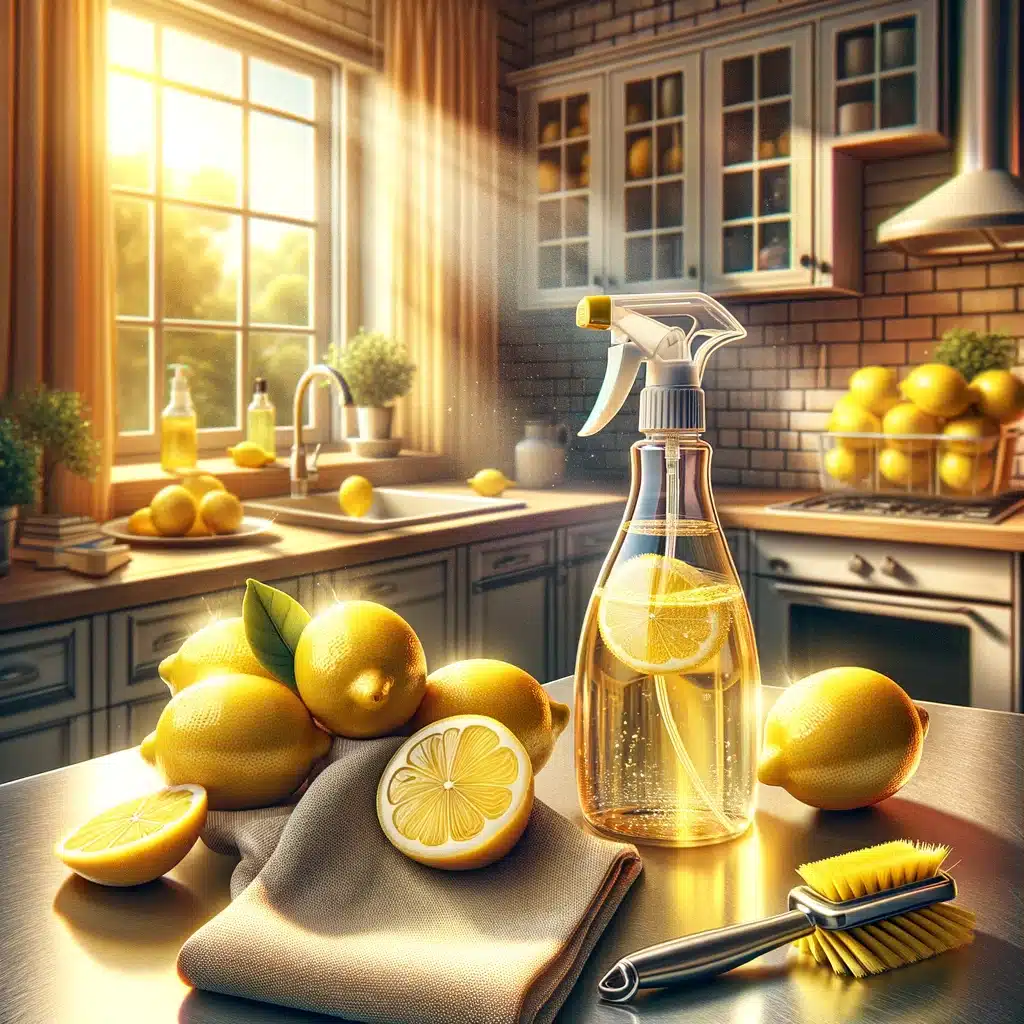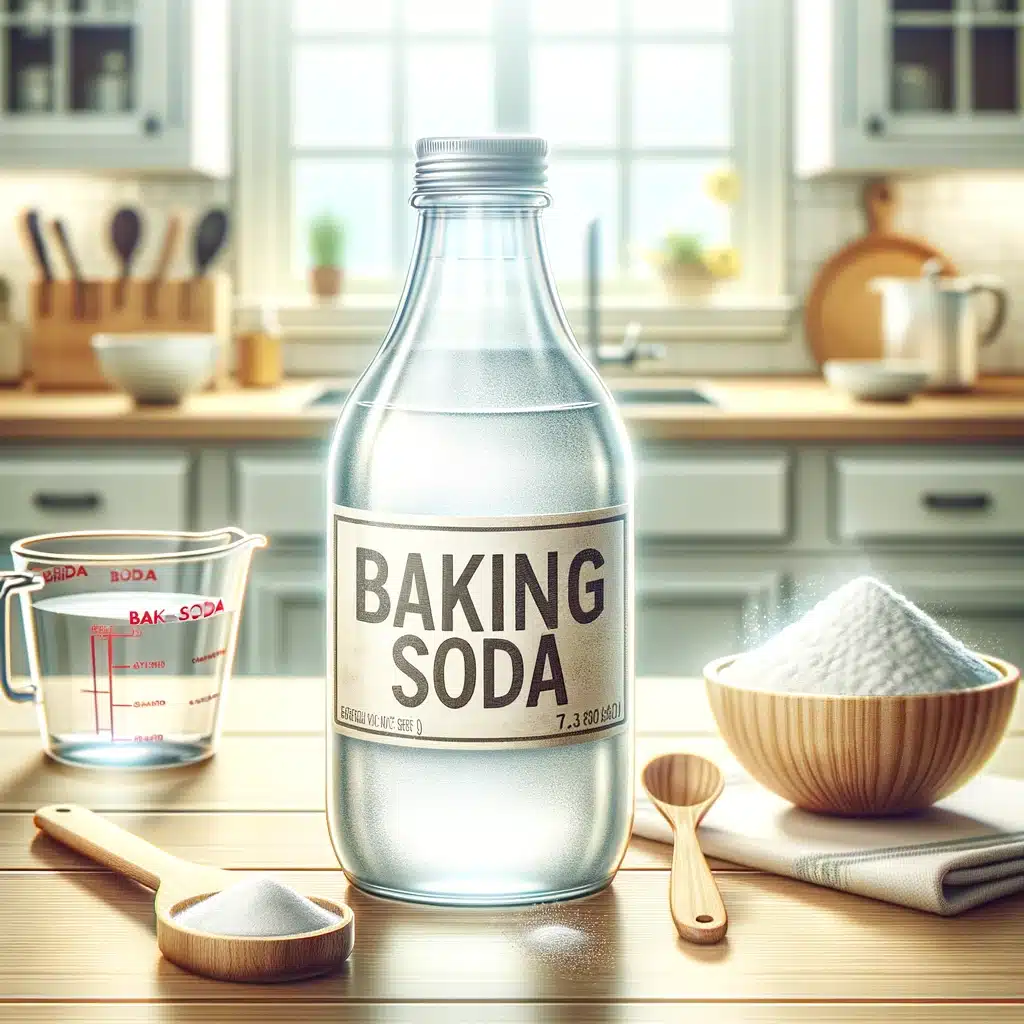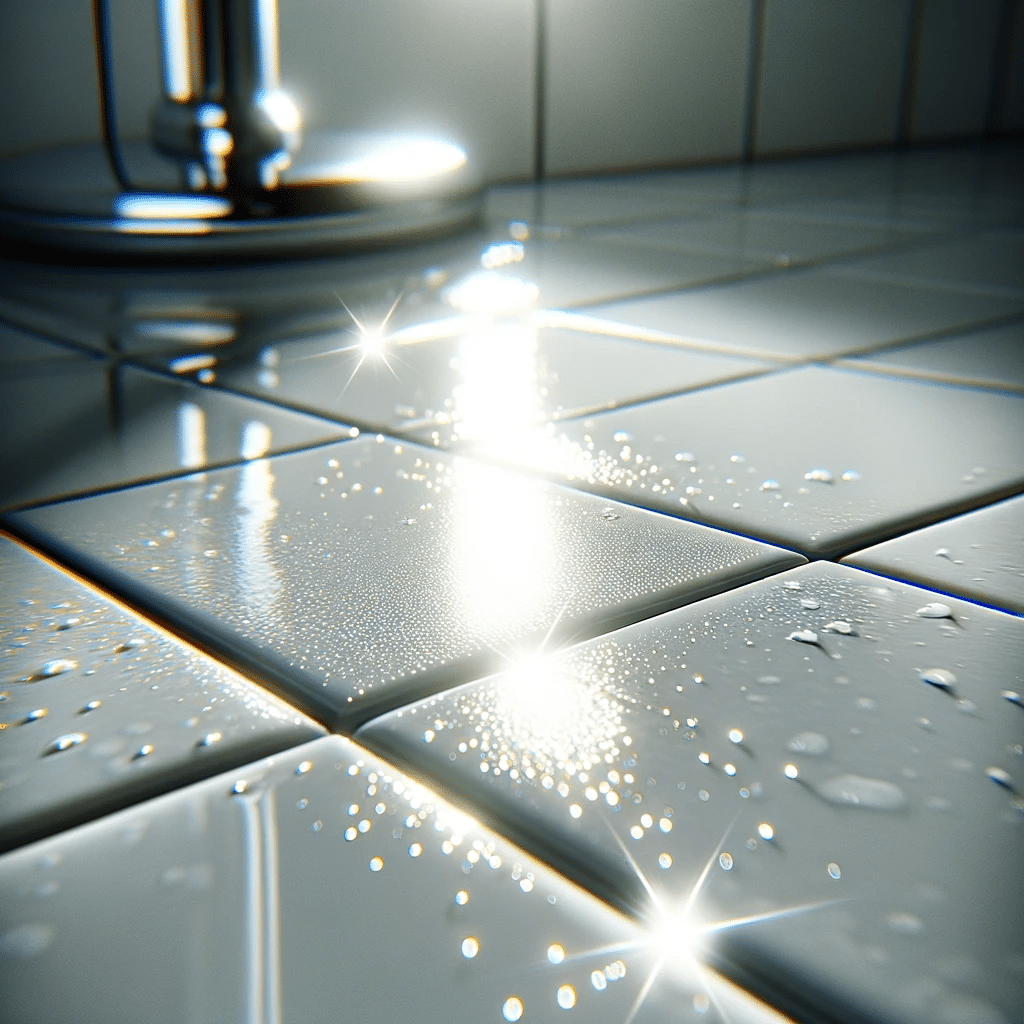5 Innovative Ways to Clean Floors: Save Time and Effort
Oh, the dreaded clean floors! It’s like the endless battle against dirt, dust, and mysterious sticky spots. But what if I told you there are innovative ways to turn this daunting chore into a breeze? Let’s dive into five groundbreaking methods that promise to save you time, effort, and maybe even turn cleaning into a less dreaded task. So, grab your mops, folks—it’s time to make those floors sparkle with minimal fuss! 1. Robotic Vacuum Cleaners & Mops This is where technology meets housekeeping, offering us a glimpse into a future where floor cleaning doesn’t have to be a back-breaking task. Picture this: you’re lounging on your sofa, enjoying a peaceful morning, and in the background, there’s a quiet hum of a robot diligently making its way around your home. It’s not just picking up crumbs and pet hair; it’s also mopping up those accidental coffee drips and muddy paw prints, thanks to its built-in mopping function. These devices are marvels of modern engineering, equipped with sensors to navigate around furniture and avoid stairs, ensuring they clean efficiently without requiring your constant supervision. Some are even smart enough to return to their charging stations when their batteries are low, so they’re always ready for their next cleaning session. And with the advent of app connectivity, you can control these robotic helpers from anywhere, scheduling cleaning sessions while you’re out and about, so you return to a clean home. The beauty of these robotic vacuum cleaners and mops lies not just in their functionality but also in their adaptability. They can handle a variety of floor types, from hardwood and tile to low-pile carpets, making them a versatile addition to any cleaning arsenal. Plus, for those concerned about allergens, many models come equipped with HEPA filters to ensure that the air in your home remains as clean as your floors. 2. Microfiber Mop Slippers As you glide, shuffle, and twirl across the room, the high-performance microfiber material on the bottom of these slippers picks up dust, hair, and dirt with surprising efficiency. It’s like your floors are getting a spa treatment, all while you’re breaking a sweat to your favorite beats. But the magic of microfiber mop slippers extends beyond just their cleaning capabilities. They embody a shift in how we perceive household chores. No longer must cleaning be a tedious, solitary task. With these slippers, it becomes a family affair or a personal challenge. Who can slide the farthest? Who can dance the longest? It’s an opportunity to engage kids in cleaning activities, teaching them the value of cleanliness in the most playful manner imaginable. Moreover, these slippers are not just about adding a fun twist to cleaning; they’re also about accessibility and ease. There’s no need for buckets, no wringing out mops, no back-and-forth to the sink. Just slip them on and go. They’re especially perfect for those quick clean-ups, maintaining a clean floor between deeper cleaning sessions. And when they’ve done their duty, a simple toss into the washing machine gets them ready for the next round. 3. Eco-Friendly, Reusable Mop Pads Expanding on the topic of eco-friendly, reusable mop pads, it’s clear that these items represent more than just a cleaning tool; they’re part of a growing movement towards sustainability and mindfulness in our daily routines. The beauty of these reusable mop pads lies in their simplicity and their profound impact on how we approach cleaning and environmental stewardship. Constructed from durable, high-quality microfiber, these pads are designed to last through countless washes, reducing the need for single-use, disposable cleaning products that contribute to landfill waste. The microfiber’s tightly woven fibers are engineered to pick up and hold onto dirt, dust, and spills more effectively than traditional cotton mops or disposable pads, making them a powerhouse of cleanliness. This means you can achieve a deeper clean with less effort and fewer resources—just water in many cases, eliminating the need for harsh chemicals. The use of these mop pads is a small but meaningful step towards reducing your household’s carbon footprint. By choosing reusable options, you’re not only conserving resources but also reducing the amount of plastic and waste generated from conventional cleaning products. It’s a direct action towards a healthier planet, encouraging a cycle of use and reuse that aligns with principles of zero waste and sustainable living. Pairing these eco-friendly mop pads with natural cleaning solutions, such as vinegar and water or essential oil blends, enhances the eco-conscious approach to cleaning. It allows you to avoid the toxins often found in commercial cleaners, ensuring a safer environment for your family and pets. Plus, crafting your own cleaning solutions can be a rewarding experience, giving you control over the scents and ingredients used in your home. 4. Steam Mops These innovative tools use the simple power of heated steam to tackle dirt, grime, and germs on hard flooring surfaces, elevating the cleaning experience to new heights of efficiency and hygiene. The genius of steam mops lies in their ability to clean deeply and thoroughly without the use of chemical cleaners. By heating water to a high temperature, they produce steam capable of loosening even the most stubborn stains, spills, and sticky residues. This method is not only effective but also incredibly eco-friendly, reducing the need for disposable cleaning pads and chemical solutions that can harm the environment and pose health risks to humans and pets. Moreover, the sanitizing power of steam is unparalleled. The high temperature of the steam is capable of killing a wide range of bacteria, viruses, and other pathogens, making steam mops an excellent choice for households looking to maintain a healthy living environment. This aspect is particularly beneficial in times of cold and flu season or when allergens are a concern, as the steam mop leaves behind a sanitized surface that’s safer for everyone, especially those with allergies or immune sensitivities. Another remarkable advantage of steam mops is their quick-drying capability. Unlike traditional mopping, which can leave floors
5 Innovative Ways to Clean Floors: Save Time and Effort Read More »
